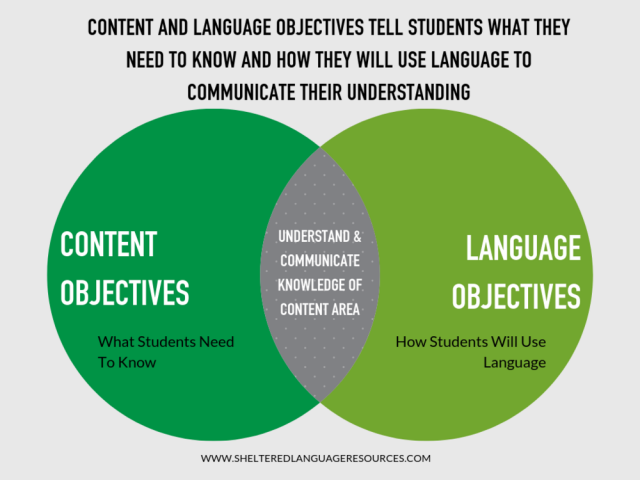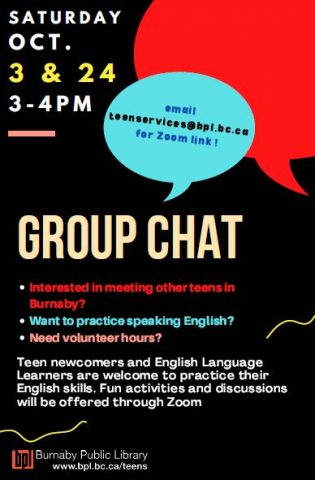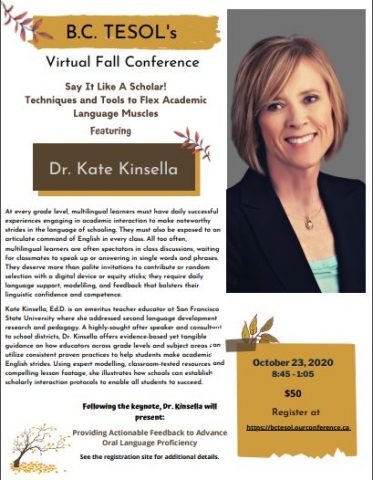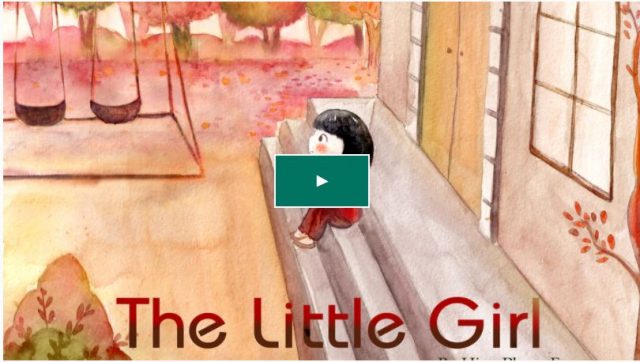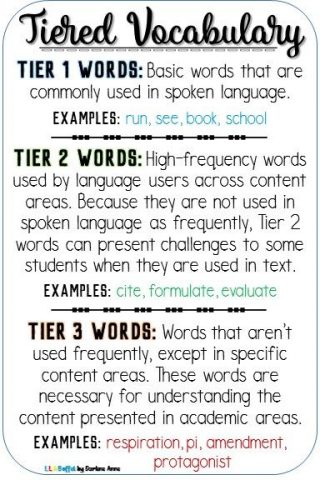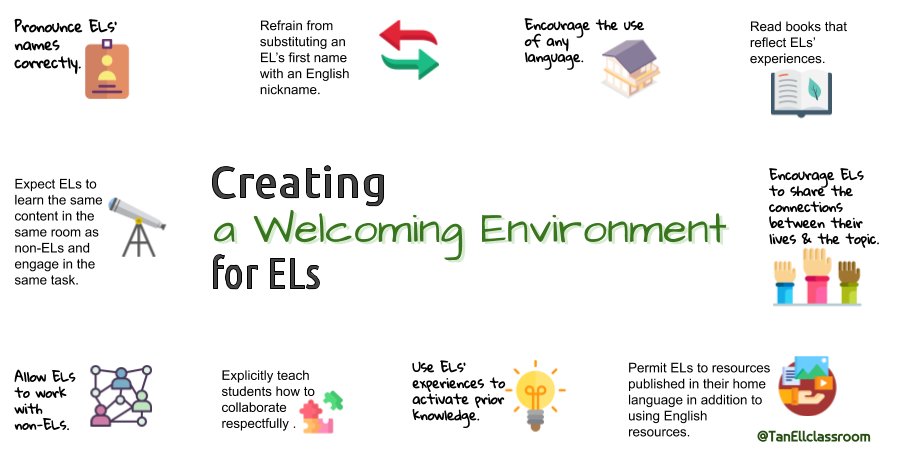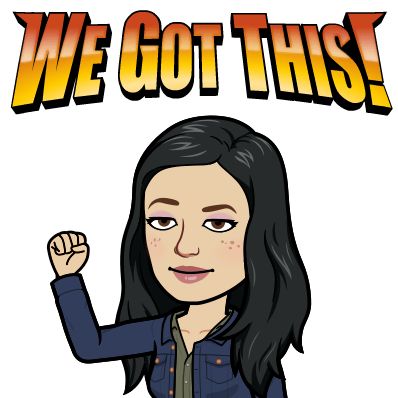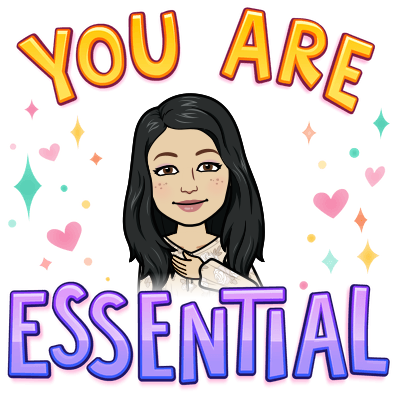Using Youtube as a Language Tool
Why not harness your students’ love of Youtube by turning it into a tool to improve their comprehension. Michelle recently released a video for Transition Learning that shows students tips to make the video platform more accessible. Feel free to share with your students, families, or school communities.
All Teachers are Language Teachers
Adapting Content to ALL readers
As we discussed, grade level reading texts are not always accessible by English Learners. Yet, we need to always to remember that they can cognitively understand the content even if language is an obstacle. Only summarizing the text often leaves out key details that students need to know. However, a few adaptations can help your students understand.
If students are literate in their heritage language, allow them to research topics in that language on the Internet. If they are not literate, audio books, videos, heritage language broadcasts, or access to knowledgeable adults who share their language are some ways students can understand.
Teachers can also adapt by making key information simpler by writing it in an outline, bulleted points, or graphic organizers.
Some websites that can help teachers are:
Newsela : This website gives current events and academic articles in five differentiated levels. Therefore, all students are reading similar content but the language is accessible at their level.
Readwordify: Input text and it will simplify vocabulary and sentence structures automatically.

